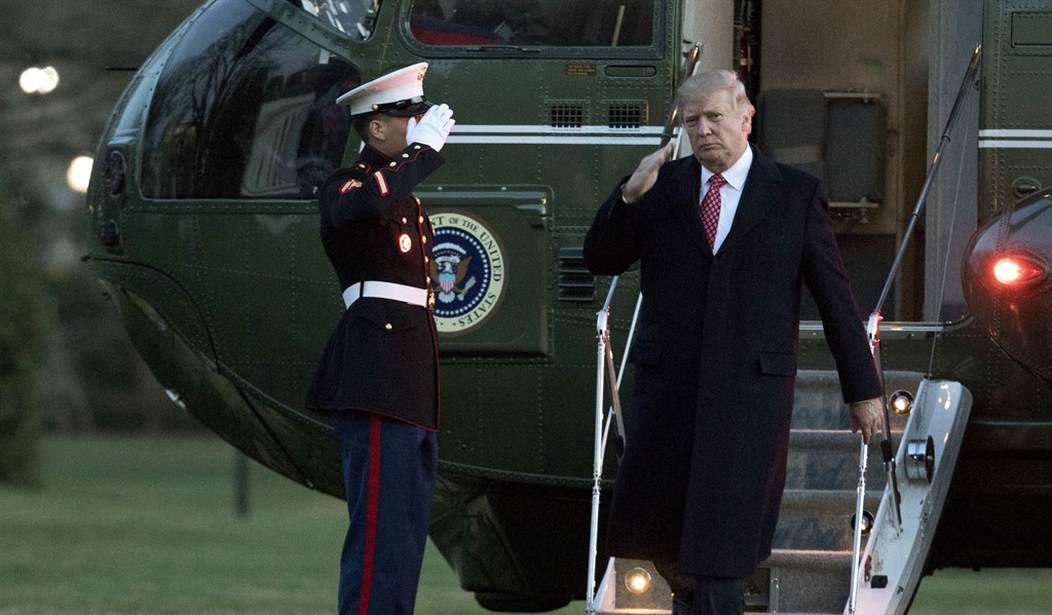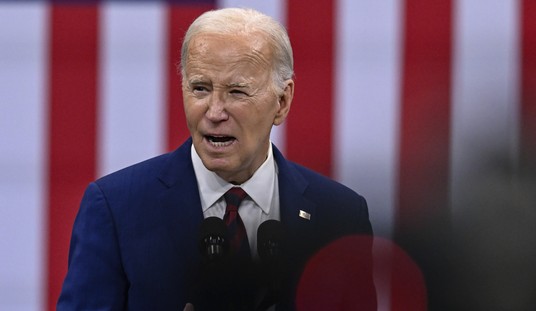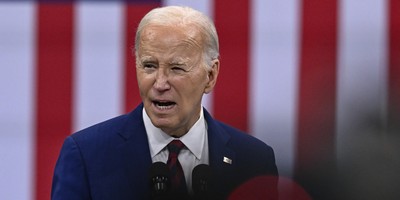Well, you’ve all known this for quite some time: there’s a huge liberal bubble in the news media–and they totally missed Trump’s rise. Nate Silver of FiveThirtyEight conducted a nine-part series about the news coverage of the 2016 election and noted how the lack of diversity, decentralization, and independence forms the basis for this bubble. We all know that newsrooms are almost unabashedly liberal, thousands of these journalists gather at the same events (and in the same rooms), and they’re all based in New York or Washington, D.C. He noted similarities between the 2016 election and the Brexit vote in which those predicting a Remain victory or a Clinton win respectively came from these urban hubs of liberalism. Yes, some may have ventured out into Trump land, but Silver noted that a) they came with “pre-baked narratives”; and b) never contemplated facts that didn’t fit the narrative. Worse yet, they disregarded these contrarian opinions and the impact they might have on the Electoral College, the only contest that matters in presidential elections.
Silver said that he read James Surowiecki’s book “The Wisdom of Crowds” to find what forms the bubble for liberal news media sources. There are four points, though the last one—aggregation—is actually not a problem for political journalists, or anyone who wants to share information for that matter. Yet, on the other three—diversity, independence, and decentralization—it’s a train wreck:
I recently reread “The Wisdom of Crowds,” which, despite its name, spends as much time contemplating the shortcomings of such wisdom as it does celebrating its successes. Surowiecki argues that crowds usually make good predictions when they satisfy these four conditions [emphasis mine]:
- Diversity of opinion. “Each person should have private information, even if it’s just an eccentric interpretation of the known facts.”
- Independence. “People’s opinions are not determined by the opinions of those around them.”
- Decentralization. “People are able to specialize and draw on local knowledge.”
[…]
Diversity of opinion? For starters, American newsrooms are not very diverse along racial or gender lines, and it’s not clear the situation is improving much.6 And in a country where educational attainment is an increasingly important predictor of cultural and political behavior, some 92 percent of journalists have college degrees. A degree didn’t used to be a de facto prerequisite7 for a reporting job; just 70 percent of journalists had college degrees in 1982 and only 58 percent did in 1971.
The political diversity of journalists is not very strong, either. As of 2013, only 7 percent of them identified as Republicans (although only 28 percent called themselves Democrats with the majority saying they were independents). And although it’s not a perfect approximation — in most newsrooms, the people who issue endorsements are not the same as the ones who do reporting — there’s reason to think that the industry was particularly out of sync with Trump. Of the major newspapers that endorsed either Clinton or Trump, only 3 percent (2 of 59) endorsed Trump. By comparison, 46 percent of newspapers to endorse either Barack Obama or Mitt Romney endorsed Romney in 2012. Furthermore, as the media has become less representative of right-of-center views — and as conservatives have rebelled against the political establishment — there’s been an increasing and perhaps self-reinforcing cleavage between conservative news and opinion outlets such as Breitbart and the rest of the media.
[…]
Independence? This is just as much of a problem. Crowds can be wise when people do a lot of thinking for themselves before coming together to exchange their views. But since at least the days of “The Boys on the Bus,” political journalism has suffered from a pack mentality. Events such as conventions and debates literally gather thousands of journalists together in the same room; attend one of these events, and you can almost smell the conventional wisdom being manufactured in real time. (Consider how a consensus formed that Romney won the first debate in 2012 when it had barely even started, for instance.) Social media — Twitter in particular — can amplify these information cascades, with a single tweet receiving hundreds of thousands of impressions and shaping the way entire issues are framed. As a result, it can be largely arbitrary which storylines gain traction and which ones don’t. What seems like a multiplicity of perspectives might just be one or two, duplicated many times over.
Decentralization? Surowiecki writes about the benefit of local knowledge, but the political news industry has become increasingly consolidated in Washington and New York as local newspapers have suffered from a decade-long contraction. That doesn’t necessarily mean local reporters in Wisconsin or Michigan or Ohio should have picked up Trumpian vibrations on the ground in contradiction to the polls. But as we’ve argued, national reporters often flew into these states with pre-baked narratives — for instance, that they were “decreasingly representative of contemporary America” — and fit the facts to suit them, neglecting their importance to the Electoral College. A more geographically decentralized reporting pool might have asked more questions about why Clinton wasn’t campaigning in Wisconsin, for instance, or why it wasn’t more of a problem for her that she was struggling in polls of traditional bellwethers such as Ohio and Iowa. If local newspapers had been healthier economically, they might also have commissioned more high-quality state polls; the lack of good polling was a problem in Michigan and Wisconsin especially.
Recommended
So, there you have it. Local newspapers could be vital counterweights to an increasing dominant liberal news bubble. The news bubble is predominately stacked with reporters who hail from bastions of liberalism. That could lead to things being missed. Moreover, you can see how easily it was for urban-based reporters to think that Clinton would win in a landslide, which is why these areas were also hotbeds for progressive tantrums after she lost. There is another America outside of the cities. The news media ignored them. And they got their vengeance by clipping Hillary Clinton’s presidential ambitions. Also, if you want to read someone who’s been venturing into small town America for quite some time, way before the 2016 election, read Salena Zito. She was the first who noted that there’s a leaderless, neo-populist wave bubbling in rural America. A wave that eventually carried Donald J. Trump into the White House. Also, read your local newspaper.

























Join the conversation as a VIP Member